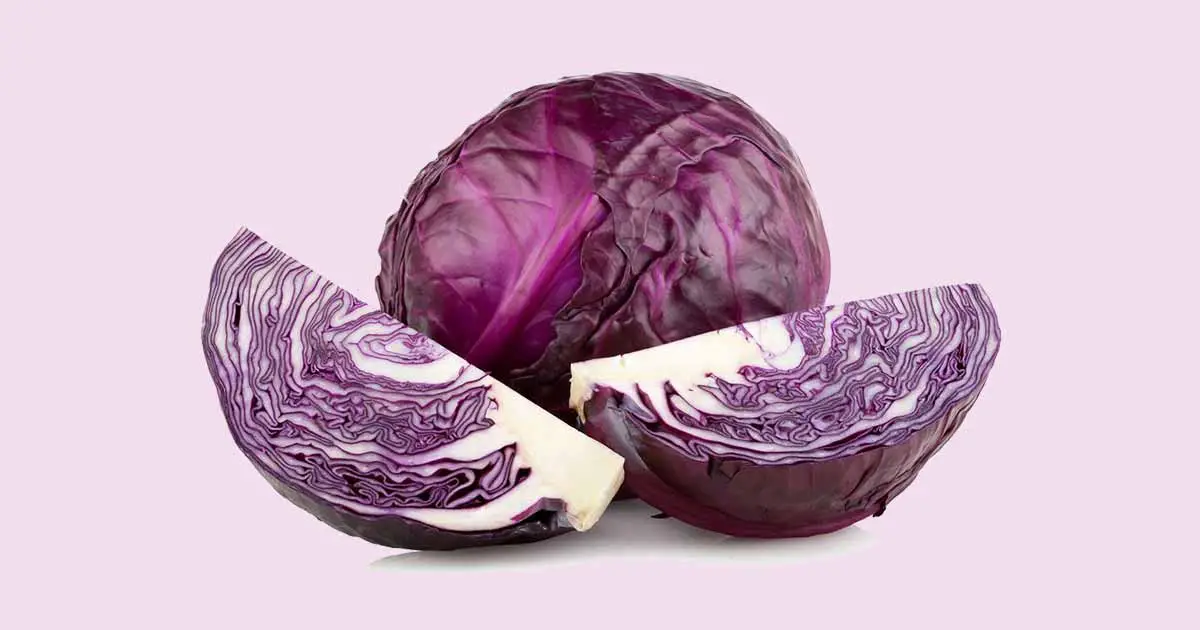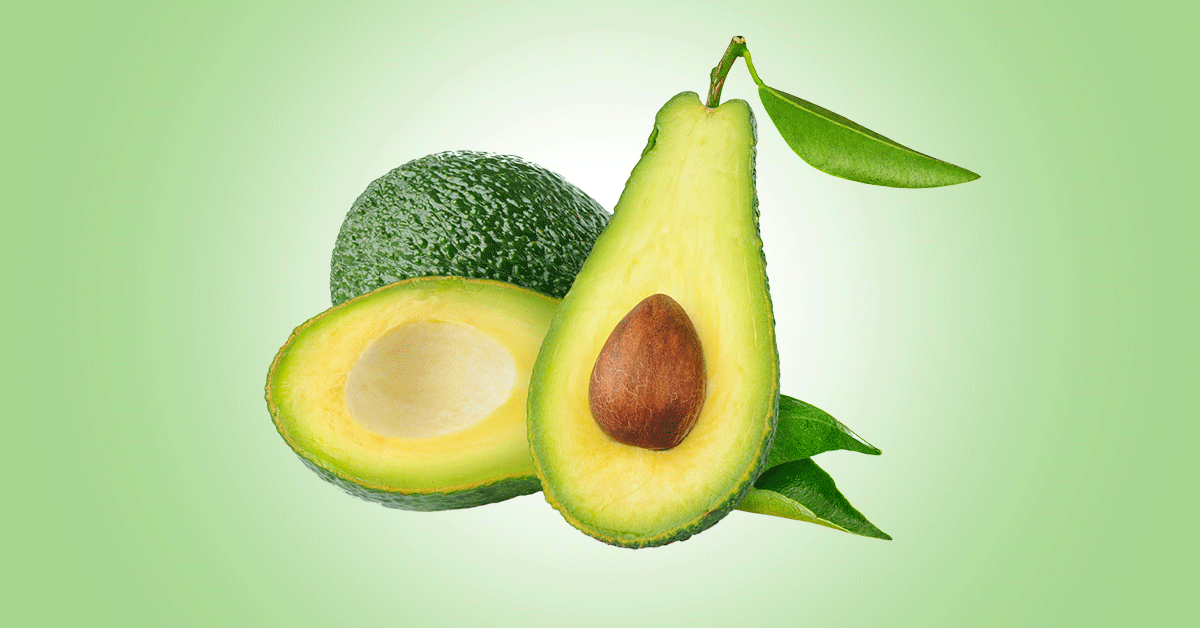Red cabbage, or purple cabbage (Brassica oleracea) is a nutritious cruciferous vegetable that belongs to the Brassica group of vegetables (Brassicaceae or Cruciferae family). The red cabbage is from Southern Europe. It was seen as a vegetable with healing advantages.
Red cabbage is similar to white cabbage in taste, and texture except that the red variety has anthocyanins, giving it the red or purple color. It has almost the same taste as the green species, but it has more nutrients. Its shape is round and flat.
Fresh purple cabbage offers no sign of fat in its uncooked state. So it’s among the low calories’ category. Most people use it to garnish their meals.
Red cabbage is best grown in colder temperature to preserve the taste. The winter vegetable has a crunchy, mildly peppery-sweet leaves. It is grown in America, Europe, and Asian countries like China, India.
The Germans for a long time had two favorites – bread and red cabbage. Kale and broccoli are included in these nutrient-filled vegetables called cruciferous plants.
Red cabbage is also universal, and it can be enjoyed uncooked as a salad vegetable or steamed and used for making different meals. Other ingredients such as stewed and grilled meats, mushroom, olive oil, citrus, nuts, ginger, sausages, shallots, garlic can be incorporated into cabbage recipe.
Furthermore, it is one vegetable with an increased quantity of wellness-boosting antioxidants. It is also used as colorant in beverages and food products.
Nutritional Benefits of Red cabbage
- 0.6g protein
- 6.63g carbohydrate
- 1.89g fiber
- 104 mg potassium
- 26 mg vitamin C. It has more vitamin C than orange per serving.
- Proteins: helps the platelets and vessels to function better. It also lessens the risk of heart ailments.
- Vitamin C: It is a powerful component that controls free radicals, it also quickens the production of erythrocytes which helps defend the body system against toxic microbes.
- Vitamin A: this component helps the cells in the eye notice light and transforms it into nerve instincts. Vitamin A helps to prevent cataracts. And it acts as an anti-aging substance, regenerates new skin cells, and protects it from sun harm.
- Vitamin K helps in bone health, it’s essential for the growth of the healthy bone. Red cabbage provides 56% of the daily value of vitamin K.
- Fiber: Fiber in cabbage helps reduce cholesterol in the body. If you are looking to lose weight, incorporate red cabbage into your diet.
- Other constituents include vitamins like thiamine, riboflavin, folate, and vitamin B5 (panthothenic acid), vitamin B6 (pyridoxine), and vitamin B1 (thiamin),
- Mineral content include potassium, calcium, iron, magnesium, manganese, zinc, copper, and nickel.
- Cabbage has low saturated fat and cholesterol.
Bioactive Compounds in Red Cabbage
Red cabbage contains polyphenols, anthocyanins and glucosinolates (sinigrin). The anthocyanins are powerful antioxidants, anti-inflammatory and anticancer constituent. Sulforaphane is available in cruciferous vegetables like cabbage, broccoli sprouts. They are obtained when glucoraphanin, a chemical in the vegetable, mix with myrosinase, an enzyme in humans.
There are triterpenoids such as lupeol.
Different Uses of Red Cabbage
It has numerous uses which comprise:
- Used for salads: Cabbage is sweet even when eaten uncooked, and it’s even more nutritious.
- Used to make soup: It’s a great ingredient for nutritious soup, even though the flavor is a little subdued when cooked, it’s still highly nutritious.
- Red cabbage can be used as a dye agent, for hair and clothes.
- Used as cole slaw: The tasty flavor of red cabbage used as cole slaw is great.
How You can incorporate Red Cabbage into Your Diet.
- Slice up plain red cabbage and put it in salads or coleslaw.
- Stir-fry it and serve it as an effortless side meal.
- Put red cabbage in a potato soup and add extra nutrients.
- Stew red cabbage with apples and sauces for a tasty side dish.
- Put in the cabbage in soups or stews
- Roast it with bacon
Health benefits of red cabbage
Anti-cancer activity: Red cabbage has constituents like lupeol, sinigrin, and sulforaphane. These compounds have many medicinal functions in human health due to their antioxidant and anti-inflammatory properties.
Besides, red cabbages contain a biological compound, glucosinolates which is decomposed into isothiocyanate compounds. These combinations have anti-cancer impacts and may lessen the chance of developing cancers such as breast cancer, bladder cancer, colon cancer, and prostate cancer.
Rich in fiber content: Red cabbage is a rich portal of fiber and has fewer calories. Taking fiber assists to lessen energy intake. This way, it may facilitate weight loss and diet obedience in grown-ups who are fat or obese. It decreases cholesterol because of magnesium and vitamin C content.
Strengthen The Immune System: Red cabbage is an adequate source of vitamin C. It helps to keep the body safe from environmental oxidative strain. Vitamin C shortage usually brings about deformed impunity and increased vulnerability to diseases. Therefore, diet intake or supplementation of vitamin C may help prevent and treat respiratory and systemic infections.
Aids digestion: Cabbage discourages the formation of not easily absorbable iron in the small intestine and permits its easy conveyance across the intestinal epithelium. Vitamin C also can decrease ferric to ferrous iron, which could be essential for cells to take up iron in charge of mucus. Foods that possess vitamin C, when eaten up with iron, can also boost the making of hemoglobin in anemic patients.
Defends against heart ailments: Cabbage has antioxidant and anti-carcinogenic activities. Red cabbage also exhibits useful impacts on blood vessels, and platelets, which decrease the risk of heart conditions. Insufficient vitamin C is connected with illnesses like hypertension.
Fights Inflammation: Eating up red/purple cabbages enables the fight against inflammation. The glucosinolates are digested into isothiocyanates. Isothiocyanates helps to prevent inflammation.
Supports gut health: Incorporating red cabbage into your meal can help gut health. Cabbage generally is a good source of fiber. This fiber component in cabbage is also prebiotic, which implies it’s the kind of fiber that conducts as an energy source for the useful bacteria that live in the gut.
Strengthens the bones: This cabbage has numerous nutrients that can help build healthy bones. It has vitamin K1, which helps maintain a strong bone.
Prevents ageing: There are so many components of red cabbage that make an individual look youthful. They aid lessen the signs of aging sign blemishes, and wrinkles. It enables new growth of the skin cell and safeguards against sunburn.
Prevent ulcer: It’s a known home treatment for ulcer ailments and discomforts related to the gastrointestinal tract.
References:
- https://www.usab-tm.ro/Journal-HFB/romana/2013/Lista%20Lucrari%20PDF/Lucrari%20Vol%2017(4)%20PDF/12Draghici%20G._2_BUN_02.12.pdf
- https://www.researchgate.net/publication/317818668_Red_cabbage_as_potential_functional_food_in_the_present_perspective












